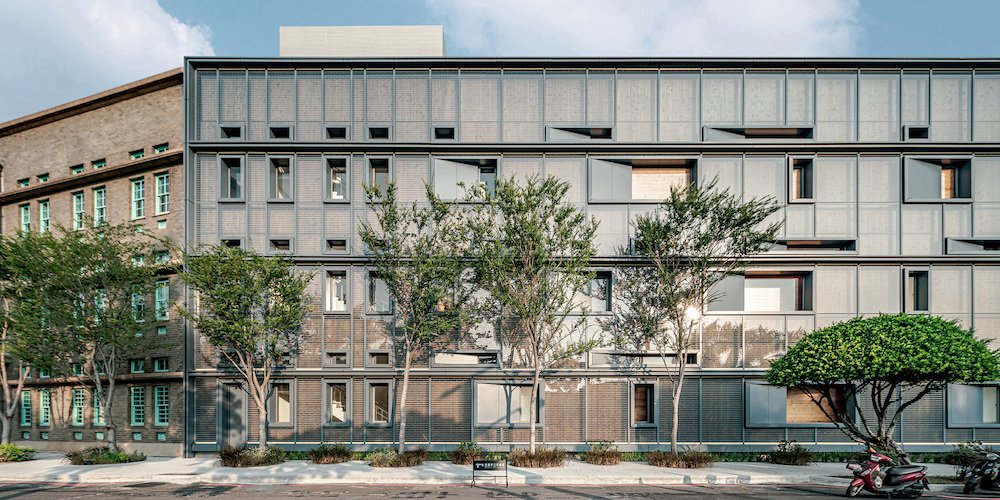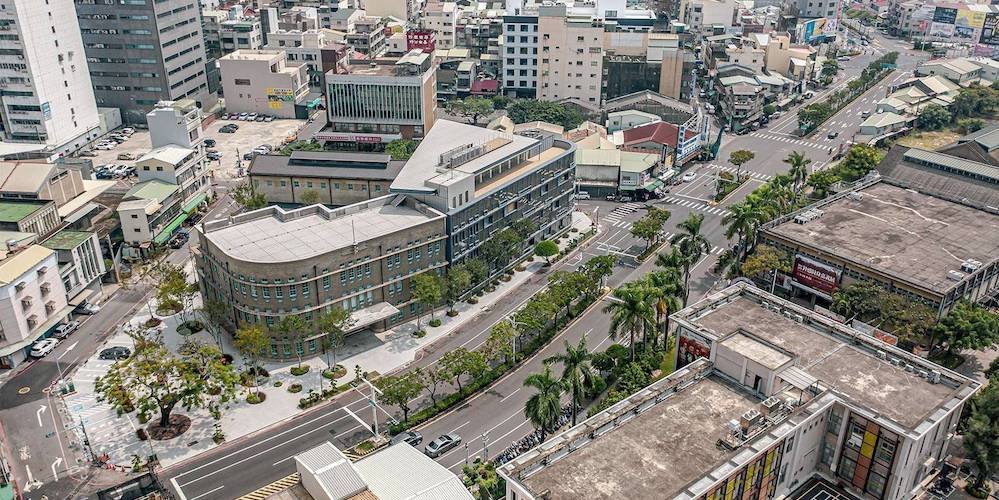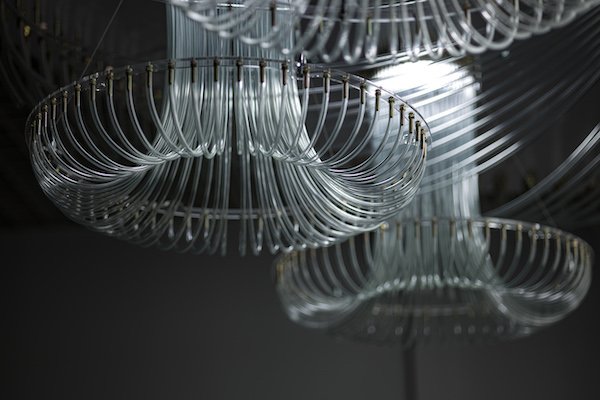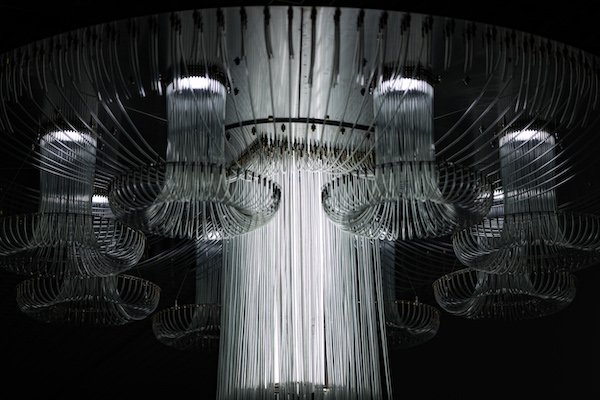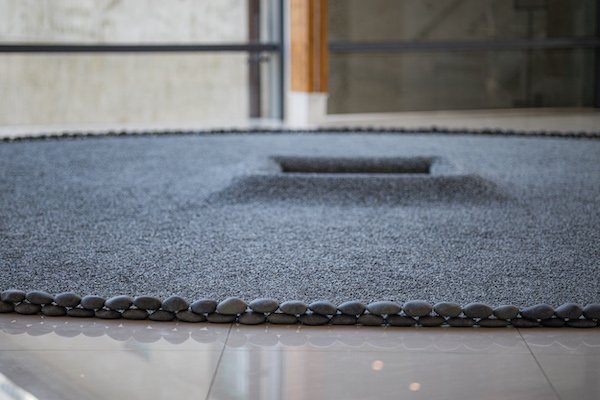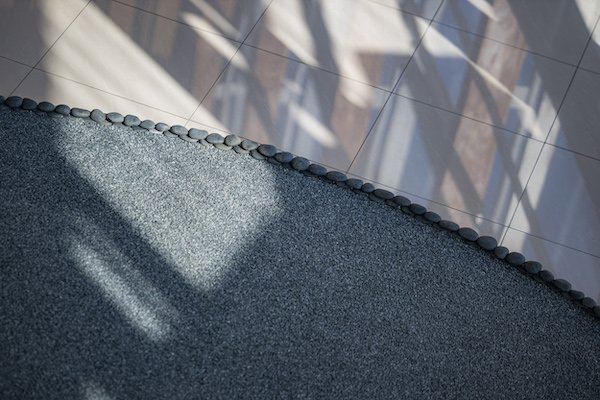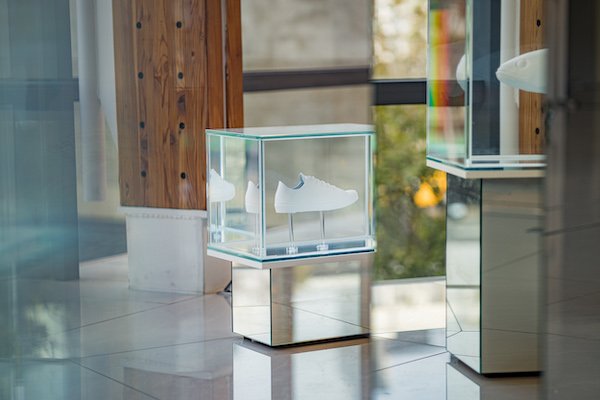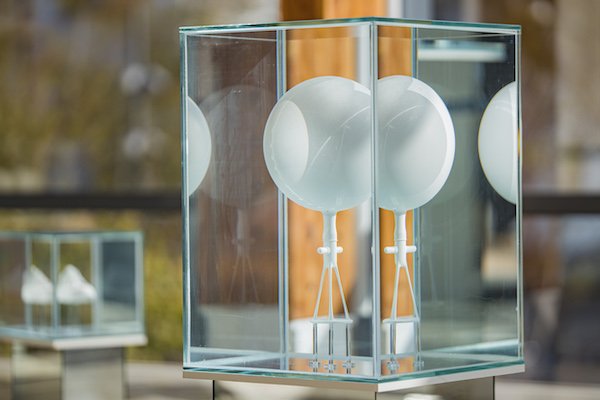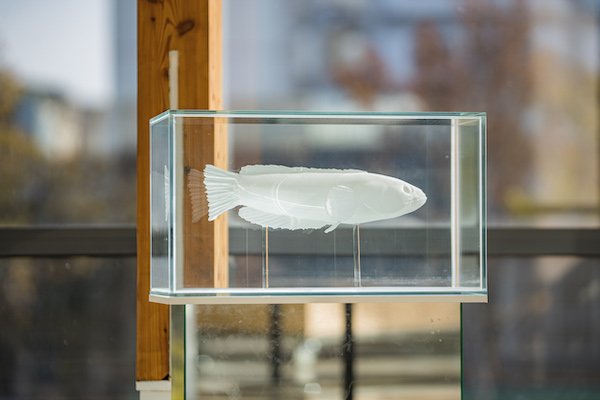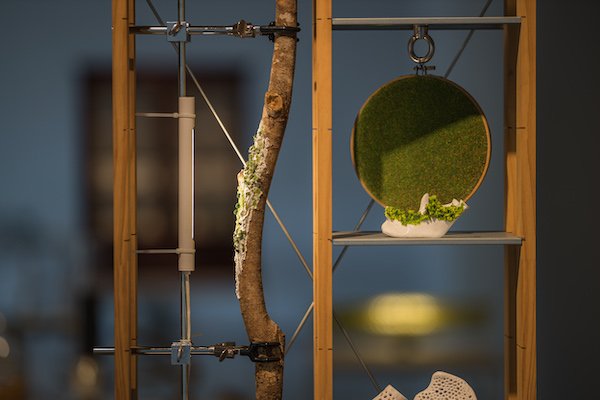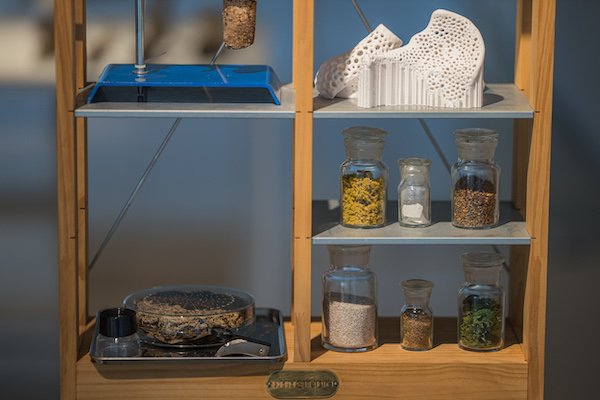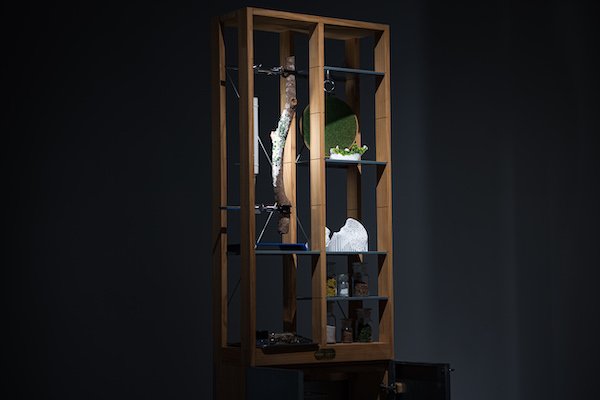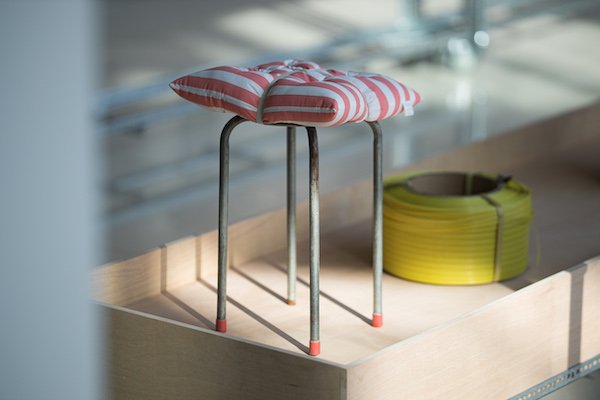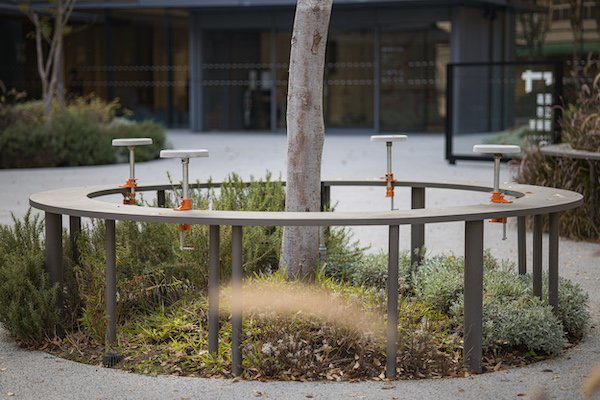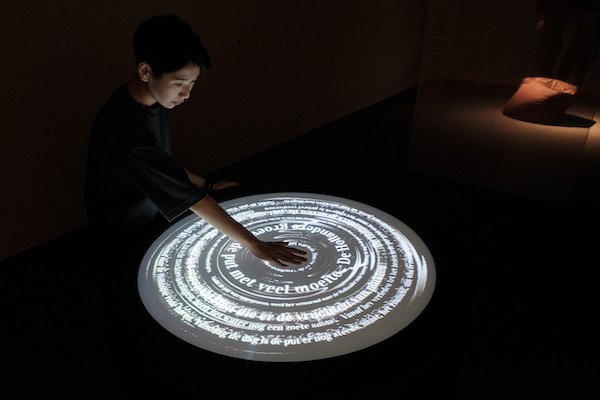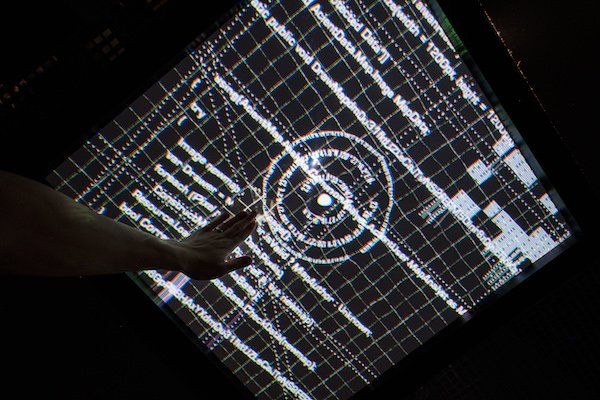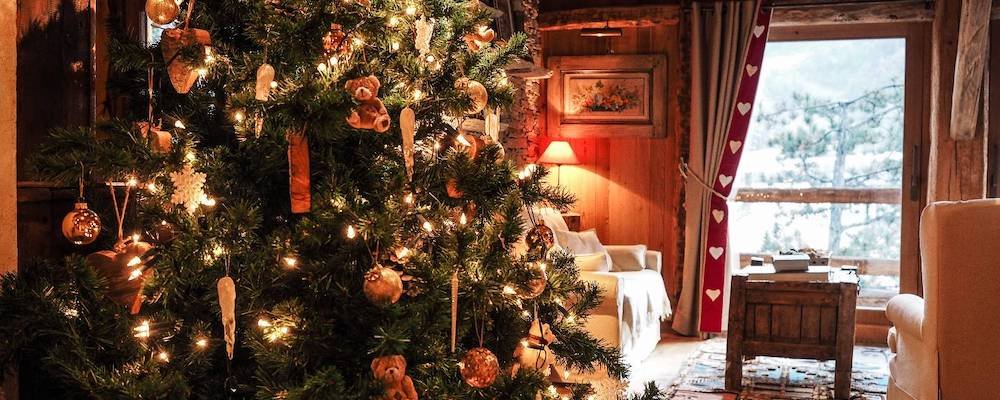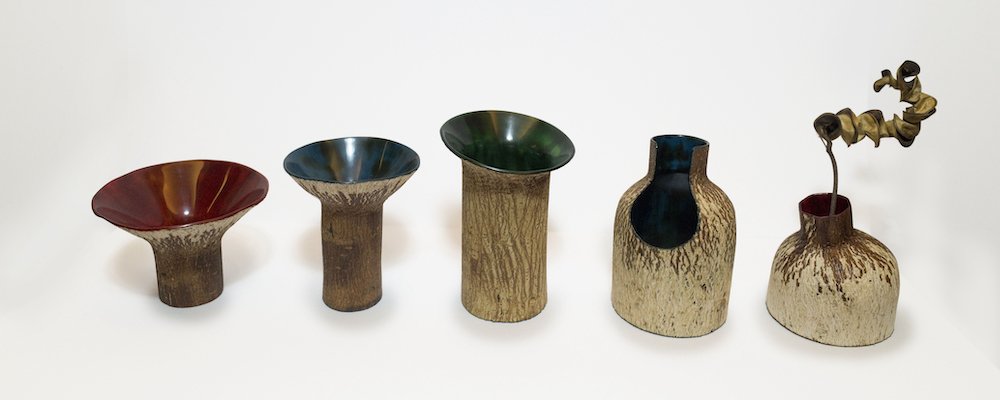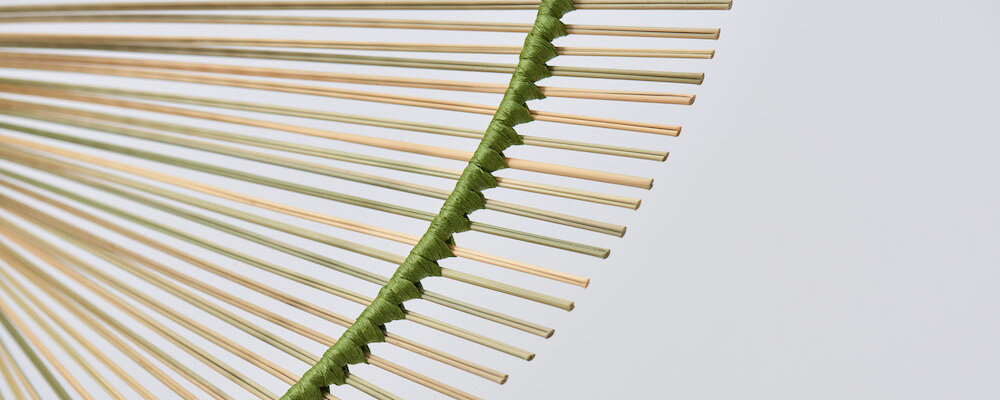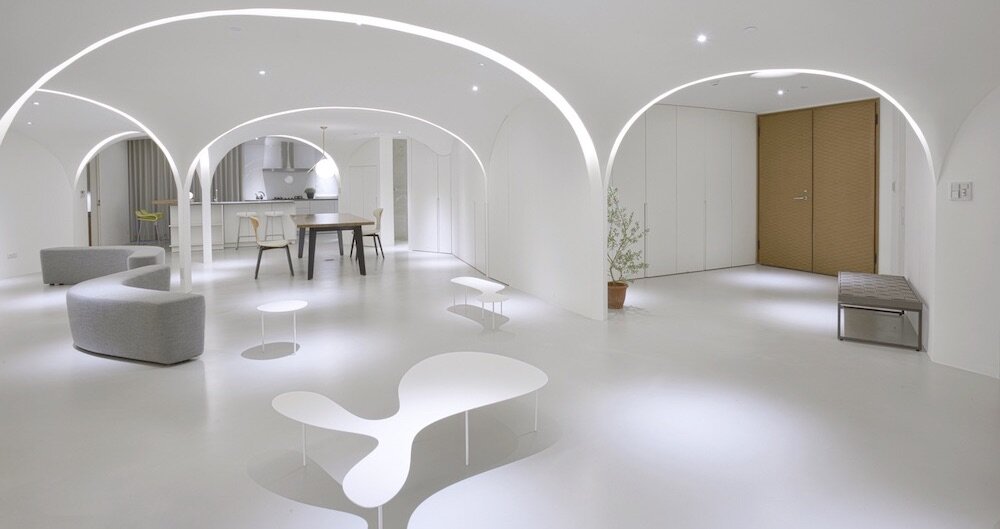“Beneath the Surface” in Taiwan
On the occasion of the Taiwan Design Expo in Chiayi, six design teams were asked to re-envision public spaces based on water landscapes.
The exhibition is produced by Taiwan Designers’Web to help visualising new public space ideas for the host city and also to question the urban future. It is also the first design exhibition at Chiayi Art Museum (below), opened in late 2020.
Design can offer more than solutions. In the exhibition, designers utilise imagination and design skills to raise advocacy and questions for the future. Taiwan Designers' Web Executive Director Ben Chiu has coordinated the efforts with a series of discussions and field studies, designers deliver unique perspectives.
“Beneath the Surface” focuses on landmarks, landscapes, and public spaces in the city, and presents six works, including five installations and one digital media work, scattered in the museum and its courtyard.
Guided Tour of the exhibition
The exhibition begins with “Ghost Fountain” by Shikai Tseng on the first floor. He flips the symbolic Foundation Circle upside down, and hangs this geographic, psychological, and memorial token at an inaccessible height. It offers a different perspective for viewers to contemplate on meanings behind the fountain to the public.
Initially, fountains were designed for irrigation. In modern times, fountains have become a symbol of urban modernisation. The Fountain Circle is an iconic landmark in Chiayi City. After multiple renovations, it is transformed from a public space that citizens can walk around and rest. Cement and chain barriers, as well as heavy traffic, separate citizens from the fountain.
Ghost Fountain attempts to offer different perspectives and new ideas to viewers. A virtual Fountain Circle is built with transparent tubes, andhung upside down at an inaccessible height. It overturns our perspective to see fountains. By looking up, the fountain again is a beautiful object only for appreciation. Rather than on the ground, it’s now in the air. How is it different, though?
Another work, “Fountain as Historical Process” by Chialing Chang is also inspired by the fountain. She arranges pebbles and green gems as a seven-meter circle in diameter. It metaphorically represents the initial Fountain Circle. This contrast between past and present demonstrates evolving power relationships in public spaces.
In 1914, tap water appeared in Chiayi City for the first time. Japanese people used fountains as a symbol of modern technology. After WWII, this fountain built with pebbles was reconstructed as a monumental pedestal. The pool was expanded from a small park to the whole circle, and the fountain became a spiritual landmark that people could only observe from a distance.
The circular space expresses power. Sculptures are built, destroyed, and replaced throughout history, but fountains are always splashing in different contexts. This site-specific work metaphorically recreates the fountain.
Built for the timber industry on Alisan mountain, storage pools were places where children played and adults fished. It’s a testimony to local industry in Chiayi. “The Object Pond” by Paul Gong rewrites legends about storage pools, and exhibits symbolic items to revive collective memories.
Existence means many actual objects are reflected in themselves, and also reflected in others. Therefore, they are relative. They form a world that causes and consequences rely on and connect to each other.
Inspired by one of Eight Views of Chiayi (fishing at timber pond), we propose an alternative idea. We envision the old timber pond as a site that connects past and future, as well as fact and fiction. It’s a place that carries objects, collective memories, and imaginative relationships, and talks about the common world in our minds.
Chiayi Park is rich in biodiversity, including mosses and fungi. Parks also blur the boundaries between human and nature. “Nervous System of the Earth” by Gina Hsu uses mosses to imagine all kinds of applications, and describe delicate relationships as human and nature coexist.
Parks are vehicles to “represent nature”. As a part of Chiayi Urban Forest Park, Chiayi Botanical Garden was an experimental field during the Japanese colonization period to grow rubber trees, and later tropical economic crops. The garden, in essence, is a biological experimental field, under the disguise of forest. Medical professionals are, in fact, neuroscientists. By studying moss and lichen, they hope to find solutions for cleansing the environment and neurotransmission.
Moss and lichen are ecosystems and organisms. To humans, moss and lichen are still difficult to understand or define. They do not have tissues as animals or plants, and they are not born from fetuses. Various forms are grown from all kinds of combinations. It’s still mysterious that we can explore.
Designer Wuber and Hsiao-Lin Chi, as the youngest designer duo in the exhibition, presents “The Folktory”. Inspired by street wisdom in Chiayi, they use concrete blocks, metal components and other ready-made objects to propose five furniture design concepts. These ideas overturn conventional product design processes, and reimagine what design can be.
It’s a tribute to those unconventional aspects in conventional life that we take for granted. Have you noticed when indoor chains appear in parks, on the street, or at bus stops? To meet user needs in certain public spaces, certain objects are handmade at low cost, modified with readymade items, or moved away from their typical use cases. They are intuitive responses to user needs by users.
The Folktory collects images in Chiayi City, and analyzes ideas behind objects. We put aside fixed rules and values in product design, and explore frank but sophisticated interactions between objects and common life. With design interpretations, these objects are placed back to daily life.
Hongmao Well is the oldest heritage site in existence in Chiayi City. “MISPLACE” by iF+ creates with deep sensing devices. Hand gestures can trigger historical literature and maps about the well in projection. It also recites traditional poems about the well, and reinterprets in Dutch and Southern Min languages. It transports viewers back in time.
Well water carries nutrients from the past, and nurtures the future. We follow the water system, search for traces in urban development, and learn about stories behind Red-Hair Well, the oldest heritage site in existence in Chiayi now. With different channels and timelines, we can almost hear murmurs in Chiayi, as if sounds and symbols from different water levels.
The installation invites viewers to see from different angles, imagine themselves as water, and interact with the device at will. Through visuals, we introduce the abstract concept of time, symbolise the convergence of past and future, and bring cultural icons into interactive experiences via different viewpoints.
In the exhibition, designers challenge what viewers may take for granted, and offer opportunities to reinterpret and revisit history and public life. It redirects our attention back to public spaces, and facilitates conversations about Chiayi City.
The exhibition runs until February 27th, 2022.

